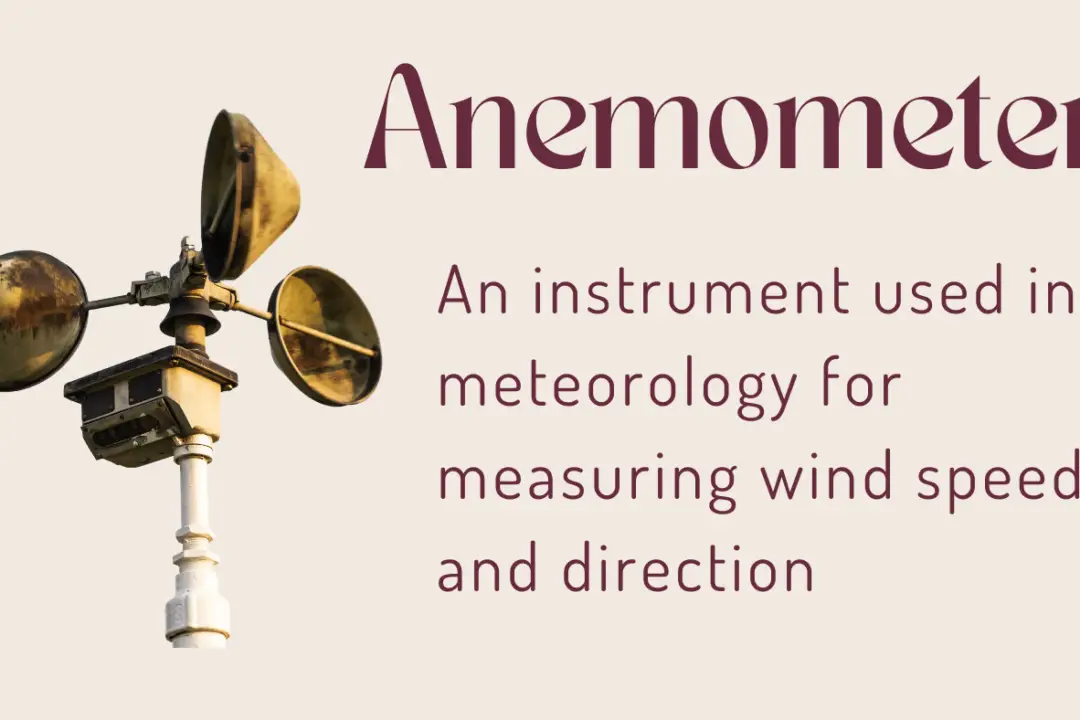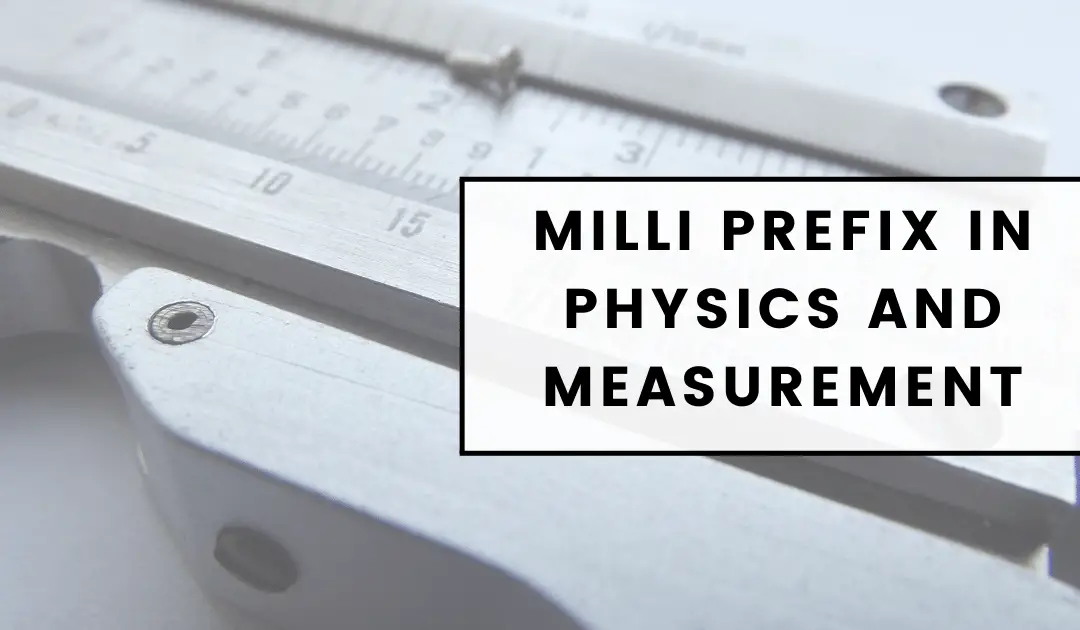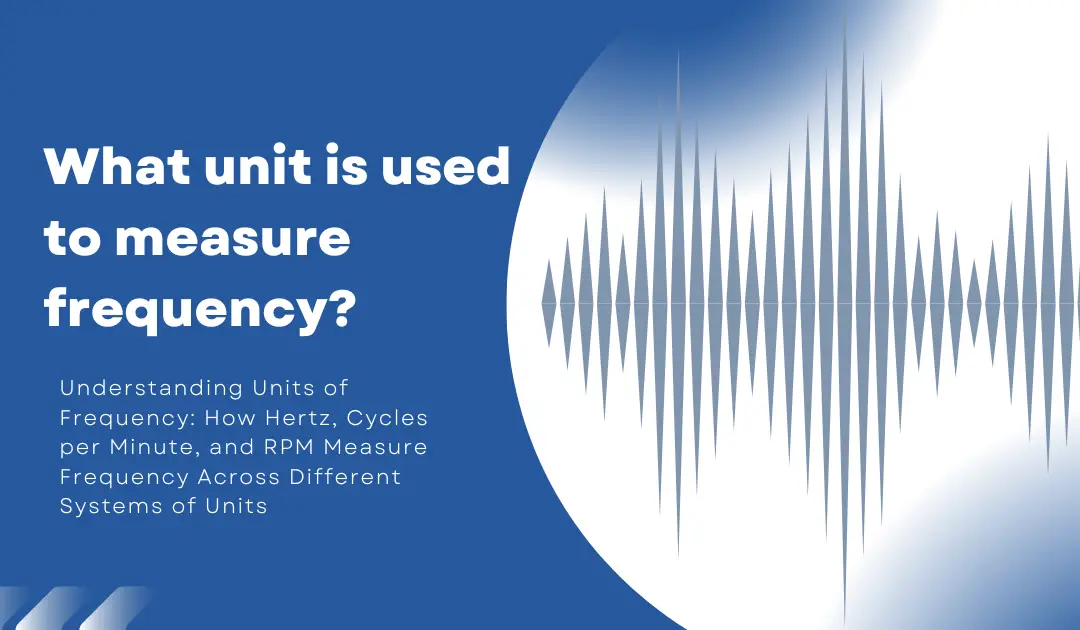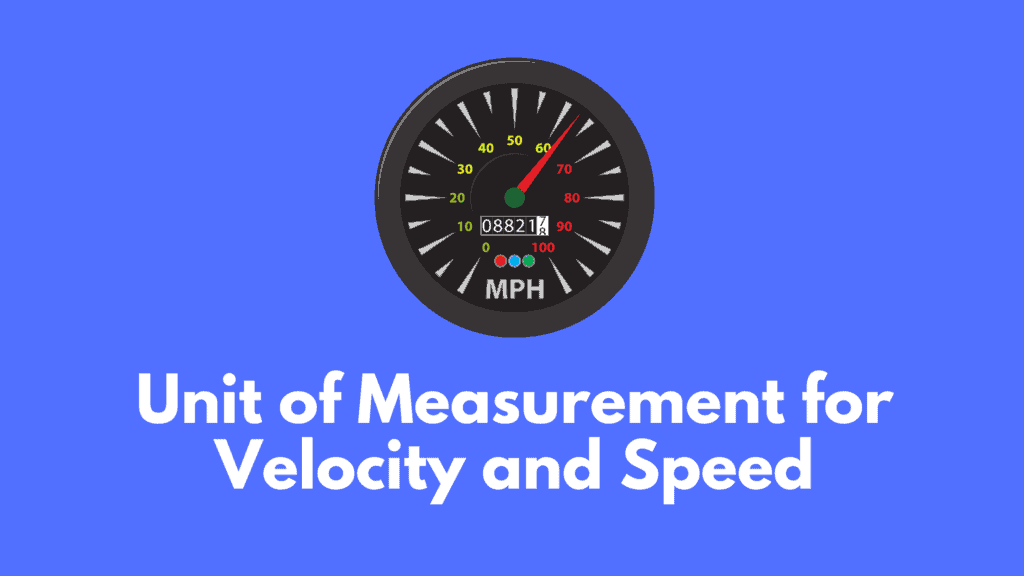In physics and other scientific disciplines, unit prefixes serve a crucial role in denoting orders of magnitude. The prefix “kilo” is commonly used to signify that a particular unit is scaled up by a factor of \(10^3\) or $1000$.
Kilo Prefix Meaning
The “Kilo-” prefix is used in the metric system to denote a factor of $10^{3}$ or $1000$ of a base unit. It is symbolized by the letter “K”. This metric prefix is commonly used in various scientific fields like physics and engineering, for making large-scale measurements. For instance, a kilometer is 1000 meters, and a kilogram is 1000 grams.
Mathematical Representation for Kilo Prefix
If \( X \) is the original unit, then the unit with the “kilo” prefix is represented as:
\[
kX = X \times 10^3
\]
or equivalently,
\[
kX = X \times 1000
\]
For example, if you have a mass measured in grams, 1 kilogram would be equal to 1000 grams:
\[
1 \text{ kg } = 1000 \text{ g }
\]
What Quantity is Represented by the Metric System Prefix Kilo?
The metric system prefix “kilo-” represents a factor of \(10^3\) or 1000 times the base unit. In physics, it is commonly applied to quantities like length, mass, and time.
Length
One kilometer (km) would be 1000 meters.
\[
1 \text{ km } = 1000 \text{ m }
\]
Mass
For mass, one kilogram (kg) would be 1000 grams.
\[
1 \text{ kg } = 1000 \text{ g }
\]
Time
Kilosecond (ks) is less commonly used but still valid.
\[
1 \text{ ks } = 1000 \text{ s }
\]
Kilo prefix words
Here are some commonly used terms that include the “kilo-” prefix:
Kilojoule (kJ)
Field: Thermodynamics, Chemistry
Definition: One kilojoule is 1000 joules.
Mathematical Representation:
\[
1 \text{ kJ } = 1000 \text{ J }
\]
Application: Kilojoules are often used to express the energy content of foods or the energy changes in chemical reactions.
Kilohertz (kHz)
Field: Acoustics, Signal Processing
Definition: One kilohertz is 1000 hertz.
Mathematical Representation:
\[
1 \text{ kHz } = 1000 \text{ Hz }
\]
Application: Kilohertz is commonly used in the description of radio frequencies and sound waves.
Kilopascal (kPa)
Field: Fluid Mechanics, Meteorology
Definition: One kilopascal is 1000 pascals.
Mathematical Representation:
\[
1 \text{ kPa } = 1000 \text{ Pa }
\]
Application: Kilopascals are often used in weather forecasting to describe atmospheric pressure.
Kilobit (Kb) and Kilobyte (KB)
Field: Computer Science, Information Theory
Definition: One kilobit is 1000 bits, and one kilobyte is 1000 bytes.
Mathematical Representation:
\[
1 \text{ Kb } = 1000 \text{ bits }
\]
\[
1 \text{ KB } = 1000 \text{ bytes }
\]
Application: Kilobits and kilobytes are used in data storage and data transmission rates.
Kilotesla (kT)
Field: Electromagnetism
Definition: One kilotesla is 1000 teslas.
Mathematical Representation:
\[
1 \text{ kT } = 1000 \text{ T }
\]
Application: Kiloteslas are used in the study of high magnetic fields, often in laboratory settings.
Kilomole (kmol)
Field: Chemistry
Definition: One kilomole is 1000 moles.
Mathematical Representation:
\[
1 \text{ kmol } = 1000 \text{ mol }
\]
Application: Kilomoles are used in industrial-scale chemical reactions and processes.
These examples demonstrate the versatility of the “kilo-” prefix in various scientific disciplines, enabling precise and large-scale measurements.
Importance of Kilo-Prefix in Physics
The use of “kilo-” and other unit prefixes enables efficient communication of scientific data, especially when dealing with large quantities or dimensions.
Questions and Answers
What is the prefix for \(10^{-3}\)?
The prefix for \(10^{-3}\) is “milli,” denoted by the symbol \(m\).
Can we use “kilo-” for units of speed?
Yes, you can use “kilo-” for units of speed, such as kilometers per hour (km/h).
How do I convert from meters to kilometers?
To convert from meters to kilometers, you can use the formula:
\[
1 \text{ m } = 0.001 \text{ km }
\]







